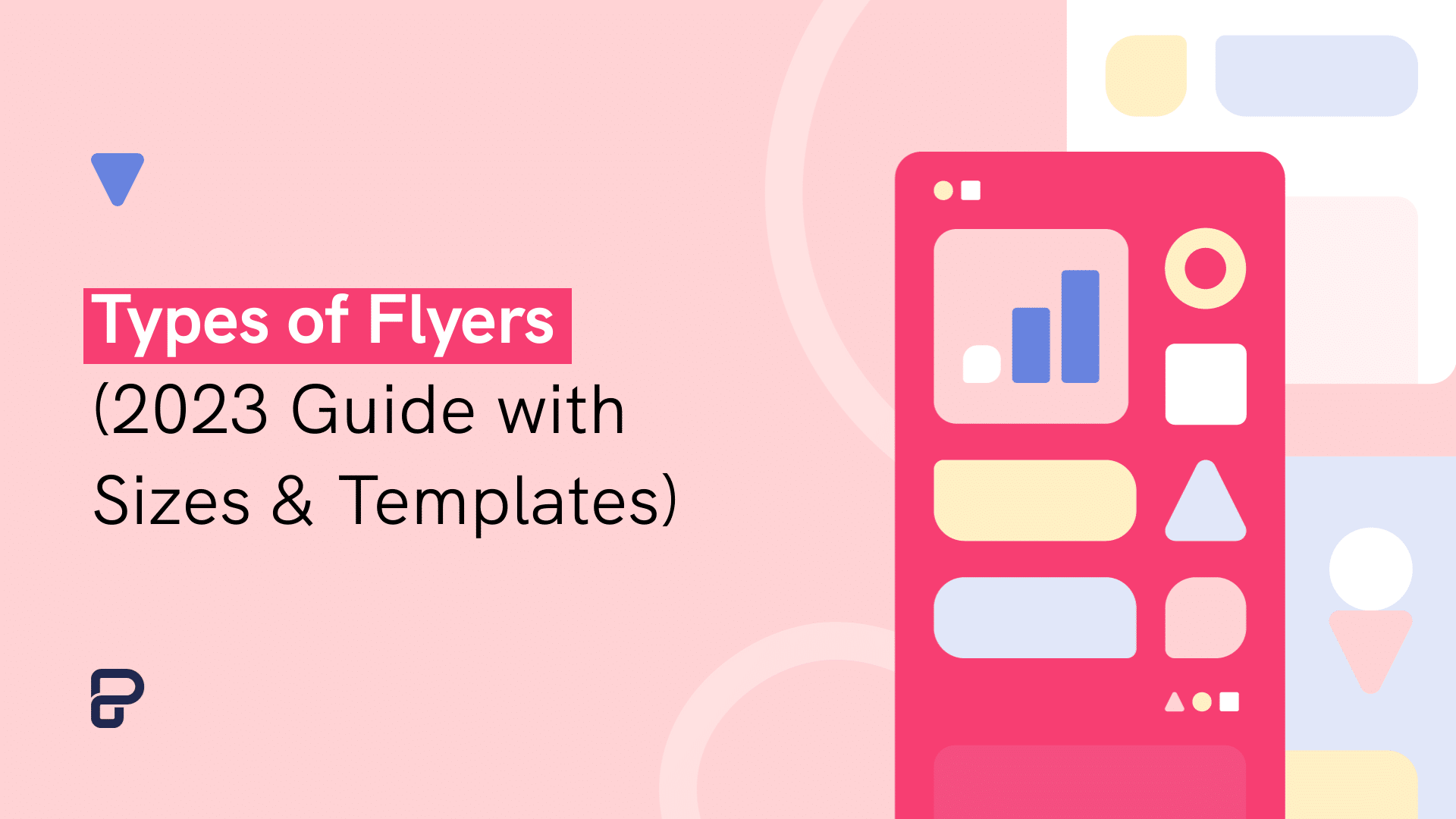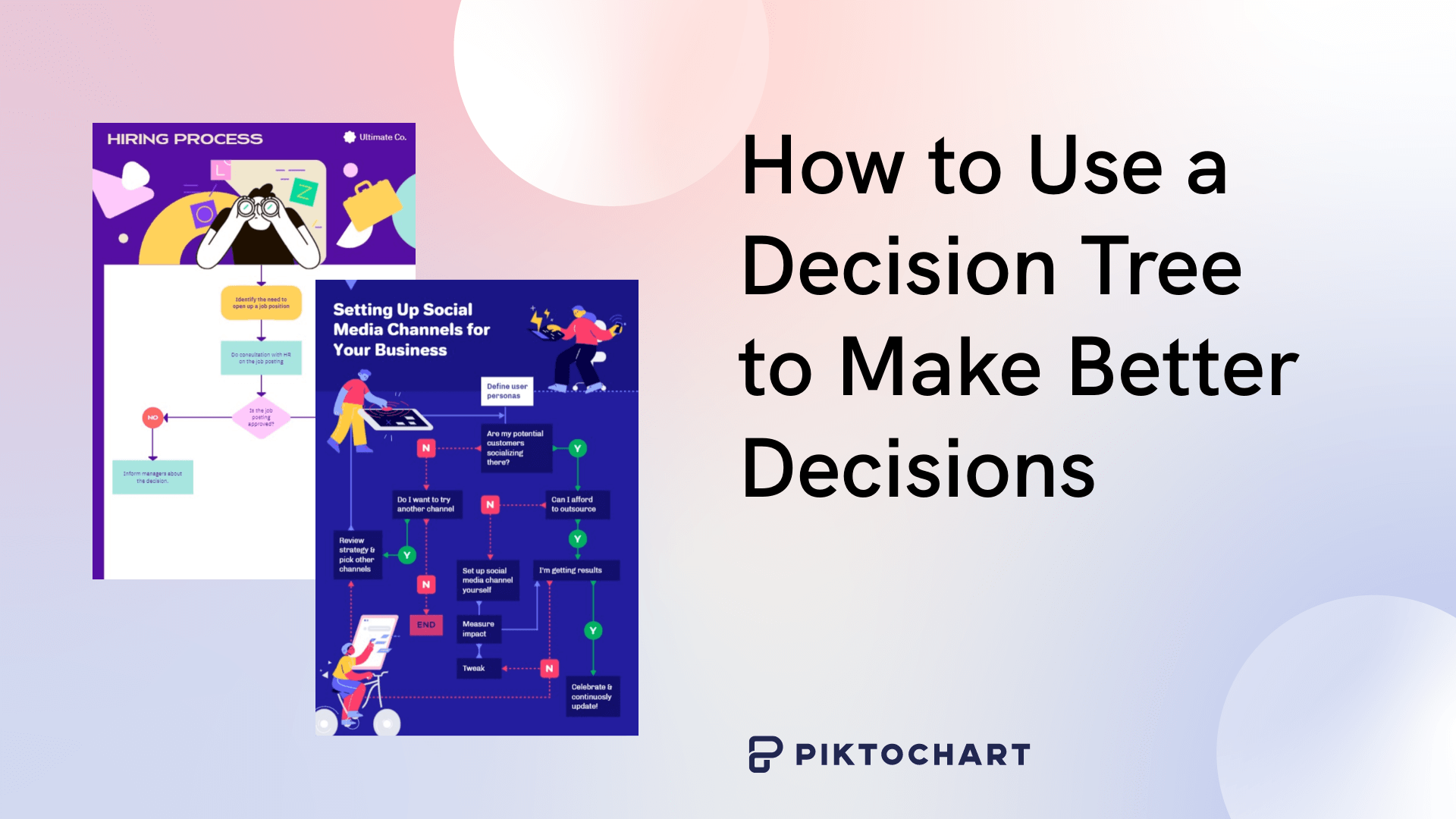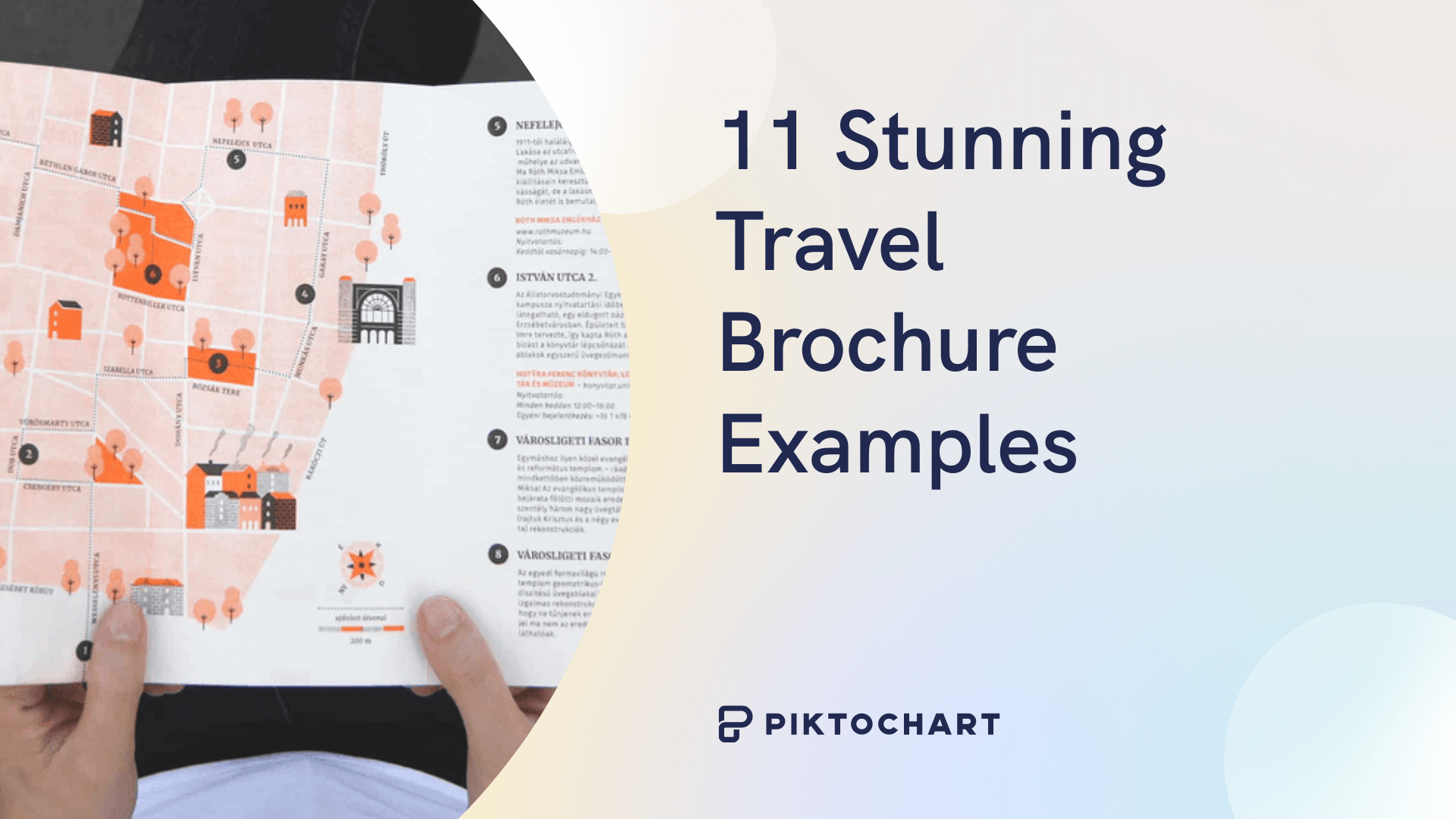Flyers are an affordable and simple means to share announcements, details regarding occasions, or any other updates. Then, there isn’t much to learn about the types of flyers, right?
They are just some printed paper stuck to walls or bulletin board with small discount coupon slips, correct?
Wrong!
But don’t worry. There are many who make the same mistake. Because flyers are commonly used for regular purposes, people often plan and craft them hastily.
When done right, a flyer marketing campaign has the power to reach a massive number of potential customers fast.
That’s why in this complete guide, we’ll walk you through the different types of flyers and flyer sizes. Plus, we have also shared several customizable templates to help you get started quickly. You can jump right into customizing templates by creating a free account.
Why are flyers important?
In the current era of digital marketing, flyers are not just surviving, but thriving. This is because of their diversity, flexibility, and impact. A flyer is also an affordable way to attract interest and reach out to a huge amount of potential audience.

The main function of a flyer is to market an offering, product, or upcoming event. Individuals and companies use flyers to generate publicity in a wide range of scenarios, from a music performance and launch of a local diner to a time-bound deal and community events.
What are the benefits of flyers?
Flyers can quickly convey information, are cost-effective, can efficiently engage your audience, and can reach many people at the same time.
Let’s take a look at these advantages in more detail:
Convey information instantly
Most flyers are styled in big letters and contain very little text that readers can scan quickly. In just a moment, they can check out great deals even while on the go.
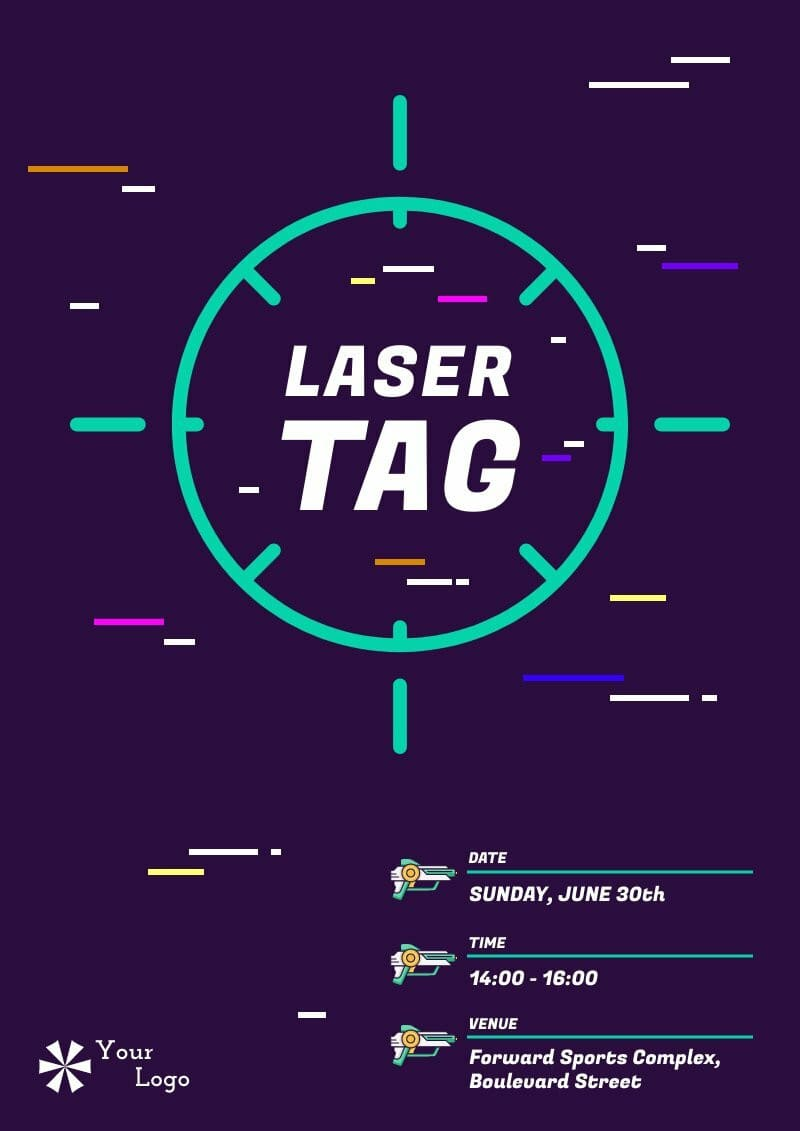
Promote on a budget
Advertising using flyers is cost-effective, since you don’t need to spend a lot to design and churn out flyers.
All you need to do is create a design on your computer, and then print any number of duplicates with photocopiers. You can also choose superior flyer printing for a large number of copies without incurring a huge cost.
Produce quickly
In contrast to other means of advertising, you can quickly create and print flyers. In fact, using pre-built templates, you can sketch a flyer and get copies in just a few hours.

Engage your targets
Flyers are among the top advertising mediums to offer instant deals and discounts to buyers. For example, you can distribute flash sale vouchers and other promotional coupons to attract customers’ attention.

Types of flyers
The main types are public event flyers, community action flyers, private event flyers, business announcement flyers, and alert flyers.
Flyers are fast. If you want to share a quick update with a large audience quickly, a flyer is the best option you have. The various flyer types include:
Public event flyers
You can use such a flyer to promote a charity event, a celebration, an open mic, an art exhibit, or upcoming events.

Community action flyers
You can utilize these flyers for public demonstrations, rallies, vacations, academic assistance, and societal health causes.
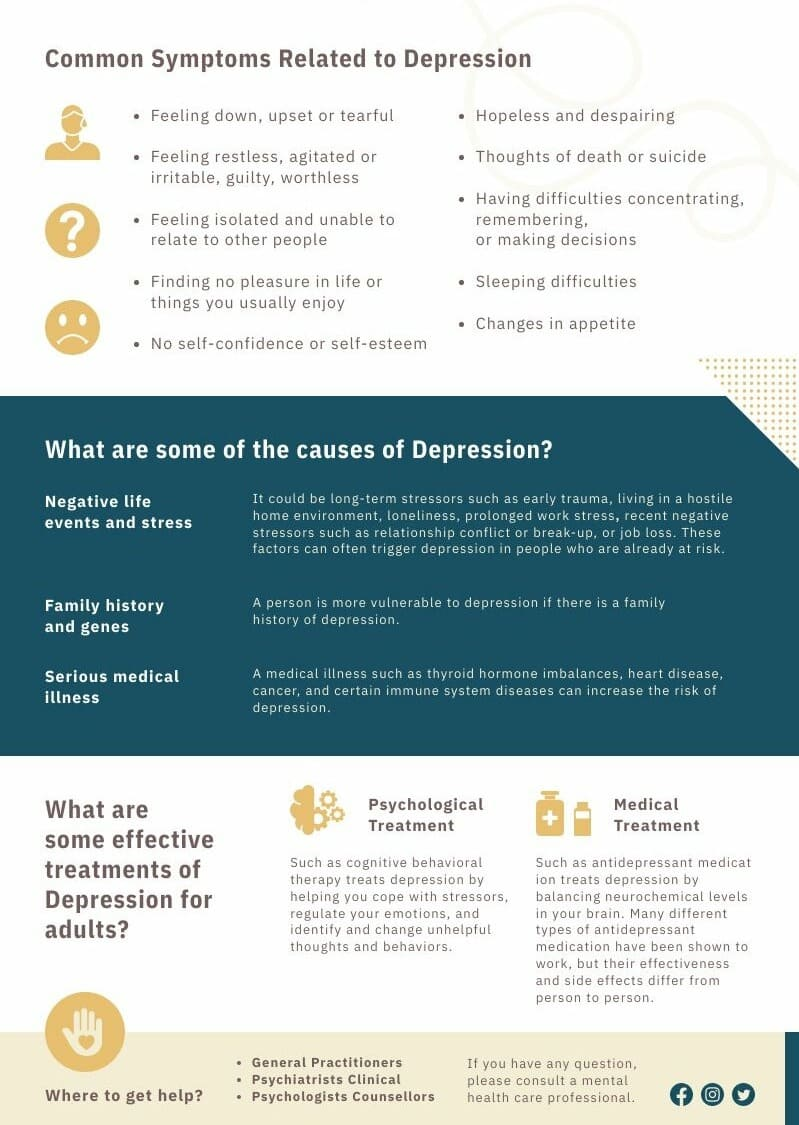
Private event flyers
You can opt for this type of flyer for anniversaries, baby showers, corporate functions, funerals, or fun parties.
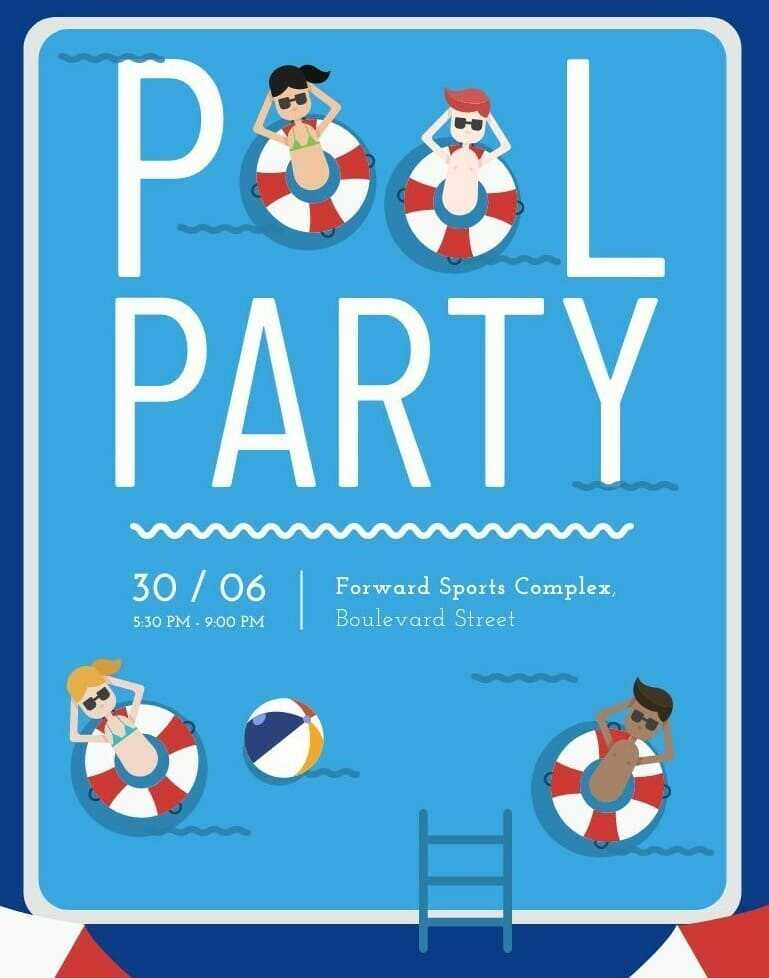
Business announcement flyers
Use business flyers to promote your products and services. For example, you can share information regarding flash deals, store discounts, clearance sales, and the launch of a new business. You can also engage your buyers with a fact sheet of your company.

Alert flyers
Make use of alert flyers for notifying people about a lost and found item, a missing pet, a new movie release, and other community information.
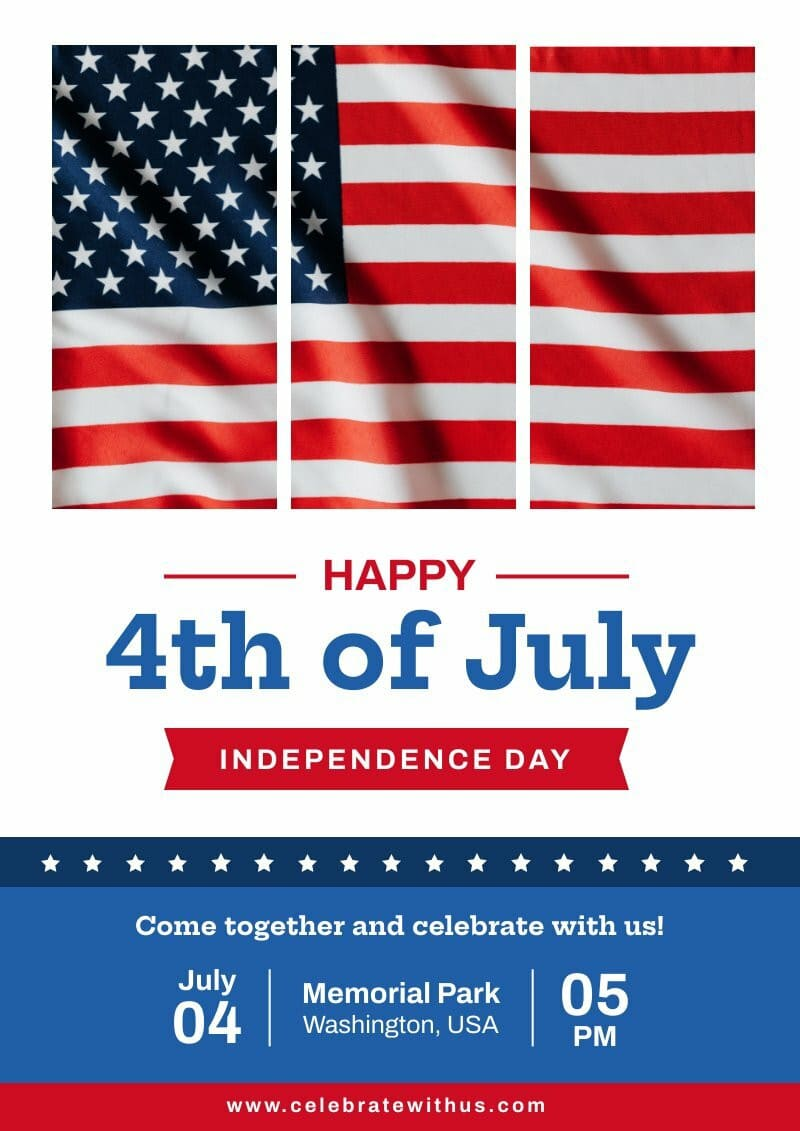
Want to check out more templates? Sign up for free to access all flyer templates.
What are the standard flyer sizes?
When crafting any type of flyer, you must consider the final product’s dimensions throughout the design phase.
The standard flyer size is similar to the size of a sheet of computer paper. In the US, that turns out to be 8.5” x 11” (also known as Letter size). And for other regions, it’s 8.3” x 11.7” (A4 size.)
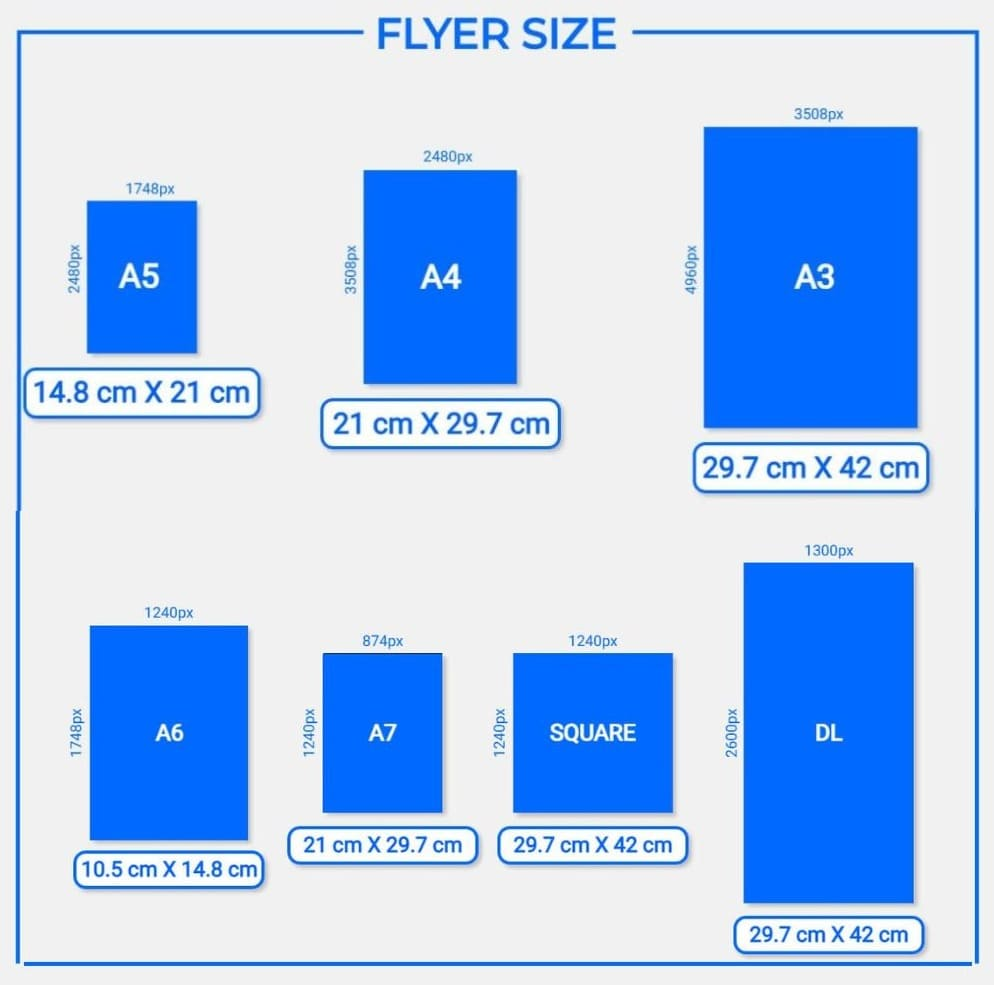
Here are the most common flyer sizes:
- Letter: 8.5 X 11 inches or 21.6 X 27.9 cm or 216 X 279 mm (0.77 or 1.3)
- A7: 2.9 X 4.1 inches or 7.4 X 10.5 cm or 74 X 105 mm (0.71 or 1.4)
- A6: 4.1 X 5.8 inches or 10.5 X 14.8 cm or 105 X 148 mm (0.71 or 1.4)
- A5: 5.8 X 8.3 inches or 14.8 X 21.0 cm or 148 X 210 mm (0.71 or 1.4)
- A4: 8.3 X 11.7 inches or 21.0 X 29.7 cm or 210 X 297 mm (0.71 or 1.4)
- A3: 11.7 X 16.5 inches or 29.7 X 42.0 cm or 297 X 420 mm (0.71or 1.4)
- DL: 3.9 X 8.3 inches or 9.9 X 21.0 cm or 99 X 210 mm (0.47 or 2.1)
- Square: 4.1 X 4.1 inches or 10.5 X 10.5 cm or 105 X 105 mm (1)
How to choose the right flyer size?
To choose the right flyer size, determine where the flyer fits into your sales funnel, what is the purpose of the flyer, how you plan to distribute it, and the cost per flyer with the printer of your choice.
To select the appropriate flyer size, you need to take various factors into account. By considering these aspects, you’ll have the best chance of ending up with a marketing flyer that meets your outreach goals.
Where the flyer fits into your sales funnel
Not every flyer sizes can be a good fit for every stage of the funnel. For instance, if you intend to inform your audience regarding the introduction of a new product, then you’re targeting the awareness stage, and an A5 flyer size would likely be a suitable option.

The purpose of your flyer
Select the dimensions that align with your business model, goals, and the type of flyer you need.
For example, if you want to communicate a lot of points, you should opt for large flyer sizes, like A4 or Letter size.
Similarly, lengthy business flyers are a good option for restaurant menus, clubs, spa treatment lists, and product catalogs.
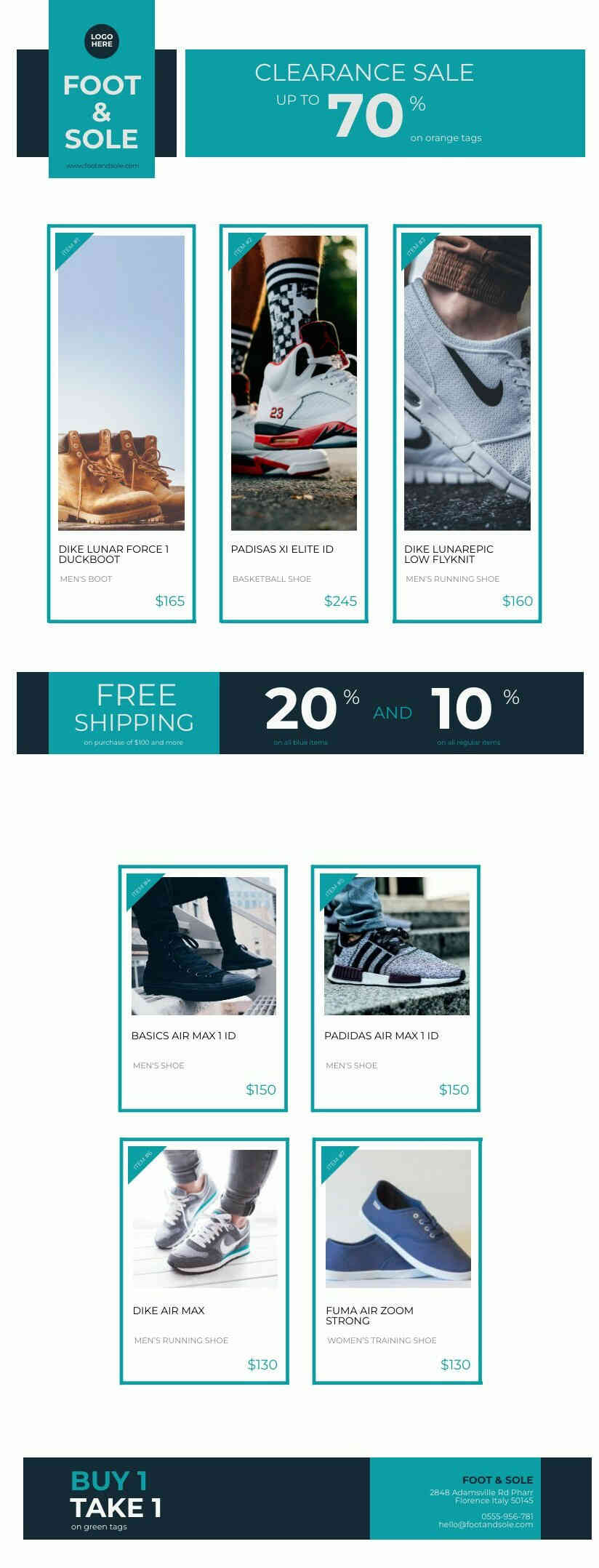
On the other hand, use half-sheet flyers if you want to convey information visually. A good example would be marketing flyers at a trade show or business exhibition.
If you want to communicate more information with detailed information, different folds such as bifold or trifold brochure is perfect for that.

Where and how do you want to distribute it
Take the distribution location of your flyer into account. Are you planning to tape your flyers on the walls? Or mail them out? Or hand them out on the street?
For example, if you’re going to distribute flyers via direct mail, choose the dimensions that can fit into a regular envelope, like DL or A6. You can also tri-fold them if they don’t fit as they are.

If you want to stick them to the walls, an A4 or letter size would be preferable. But if you want people to be able to easily tuck the flyer into their purses or shopping bags, then A7 is a suitable choice.
Cost per flyer with the printer of your choice
Another aspect to consider is the expense of printing flyers. What type of printer are you going to use, and how much will it cost to print your type of flyer?
Depending on your location, printing unconventional flyer dimensions and sizes will likely cost more than flyers with commonly used dimensions.
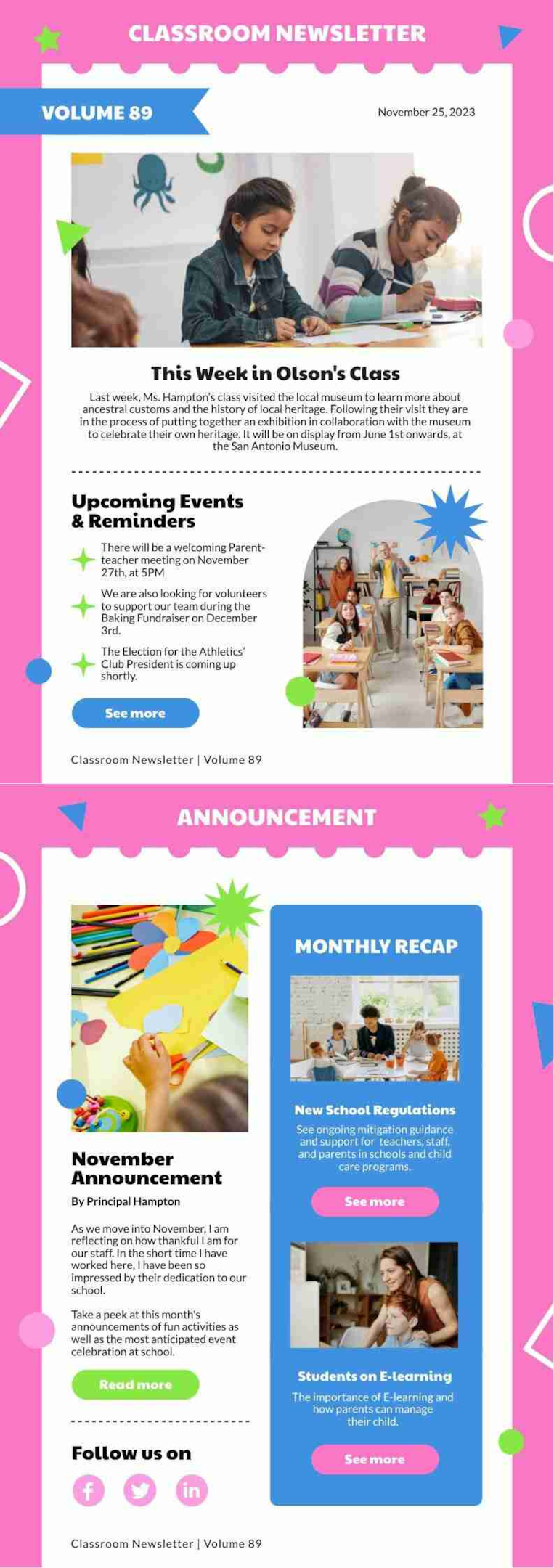
What are the best practices for flyer design?
To create an appealing flyer, make sure that you use vibrant colors and a clean layout. Also, provide a clear message that’s easy to understand. And don’t forget to include a concrete call to action.
When creating a flyer, use the following guidelines to get the most value out of your design and content.
Grab attention
Ensure that you utilize eye-catching design elements in your flyers. For example, vibrant colors, a clear and simple layout, and monochromatic color schemes can attract a wide range of people. This is because all of these elements appeal to the visual preferences of the reader.

Ensure clarity
Make sure that you mention relevant details in plain language for the sake of convenience.
A flyer is not supposed to be a brain teaser. It must be easy for people to understand. And it must be quick for the viewer to grasp your message.

Highlight the call to action
A flyer addresses every potential query people have with the appropriate body text. More specifically, it tells them about the exact next step, whether it’s the location they should go to or a contact they have to reach out to.
If applicable, ensure that your company’s phone number or email address is stated in the flyer.

What are the best flyer materials?
Depending upon how long your message and purpose will stay relevant, you can choose from silk, gloss, and kraft type of paper to get your flyer printed. Or use digital flyers if you are going to focus on online marketing campaign only.
Flyers are typically used for a brief period. So, they are generally printed on lower quality and ordinary paper.
But this is not a hard and fast rule. If your message is going to stay relevant for a long time, you can use superior flyer paper as well.
For example, if you want to stick a list of your customer service procedures on the walls of a call center, you may want to use durable paper for your flyer. Here are the marketing materials used for printing different flyers:
Silk
This paper has a flashy look and feel. It consists of silk fibers, and this paper is often favored for flyers meant to increase sales and highlight high-end products.

Gloss
The glossy paper has a coating that’s bold and shinier than silk. And it has a polished glaze, making it ideal for flyer designs that include images abundant in colors. As a result, they brighten up your flyer’s appearance for potential clients.
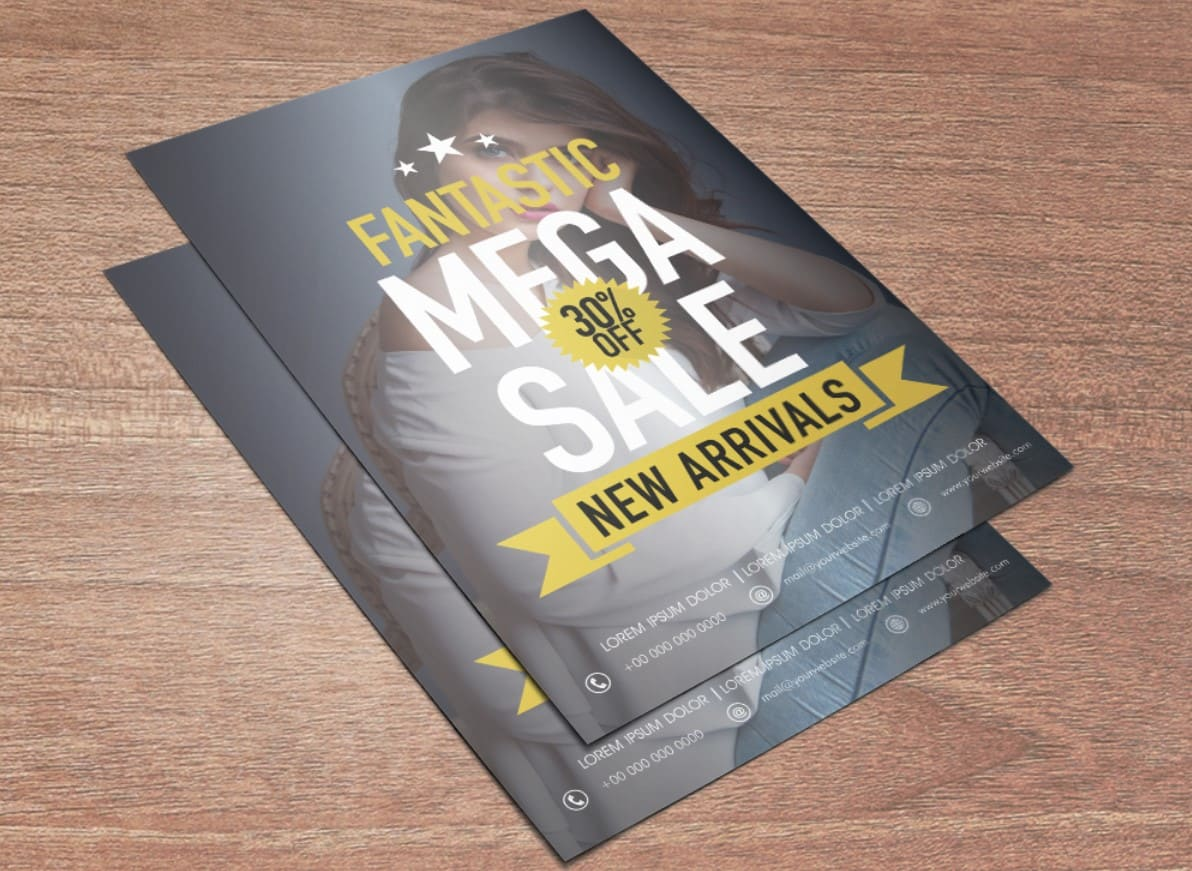
Kraft
This paper is created from recycled material, which gives it a classy, vintage, and organic feel. That’s why it’s often used for flyers that promote environmental issues and initiatives. And it’s also used by brands looking to appeal to conscious consumers.

Frequently asked questions
Here are answers to the common questions people ask about types of flyers:
What is a flyer in graphic design?
A flyer is a single-page printed paper or digital design piece used for advertising, promotion, or communication purposes. It is commonly used for events, sales, or product launches.
How to design a flyer?
You can design a flyer using a graphic design tool, such as Piktochart’s flyer maker. Even if you don’t have any design experience or training, you can start creating your flyer right away by using one of the pre-made flyer templates and customize based on your message and brand.
How much does a flyer design cost?
The cost of flyer design depends on your approach. If you do it yourself, you can design a flyer for free with a tool such as Piktochart.
On the other hand, you can outsource flyer design to a professional graphic designer. With this approach, you can expect to pay anywhere between $25 to $200 per project.
How many flyers should I print?
If you are a small, local business, it’s a good idea to print a minimum of 1,000 flyers. This way, you’ll have enough flyers for mass distribution in your vicinity.
But if you have more money to spend, you can roll out as many as 5,000 flyers, depending on your market size and distribution method.
What should be included in a flyer?
Depending on your purpose and audience, an effective flyer usually includes the following crucial information:
- Your company logo and name
- An attention-grabbing title
- Your core message/offer
- A call to action (such as contact details, website link, or QR code)
- One or more eye-catching images that complement your message

What are the effective ways to distribute flyers?
Flyers are one of the most versatile marketing tools when it comes to distribution. You are only limited by your imagination. But some common ways to make your flyers reach your target audience are the following:
- Hand them out at industry trade events and business conferences
- Slip them into your bills and receipts
- Include them in popular magazines and newspapers in your area
- Distribute in public events such as sports competitions and concerts
- Stick it up on community bulletin boards in your building, college campus, or office
- Make a list of addresses and mail them by post to target prospects
Ready to design your chosen type of flyer?
As you can see, flyer marketing is far from dead. Armed with this knowledge in this complete guide about the types of flyers and sizes, you’re now ready to design flyers that help you reach your advertising and marketing goals.
Remember, the type of flyer and the size you select should be according to your purpose, budget, and distribution plan.
Once everything is in place, use the Piktochart Flyer Maker to design a unique and attention-grabbing flyer that aligns with your brand identity. With our many pre-built templates, you can create an attractive flyer in no time.
The more you invest in flyer marketing, along with testing what works and what doesn’t, the bigger returns you will see in your cause or business.
Piktochart offers eye-catching templates for all your visual communication needs. It is your one-stop shop for professionally designed logos, email signatures, infographics, presentations, posters, and more. Get started for free today.
